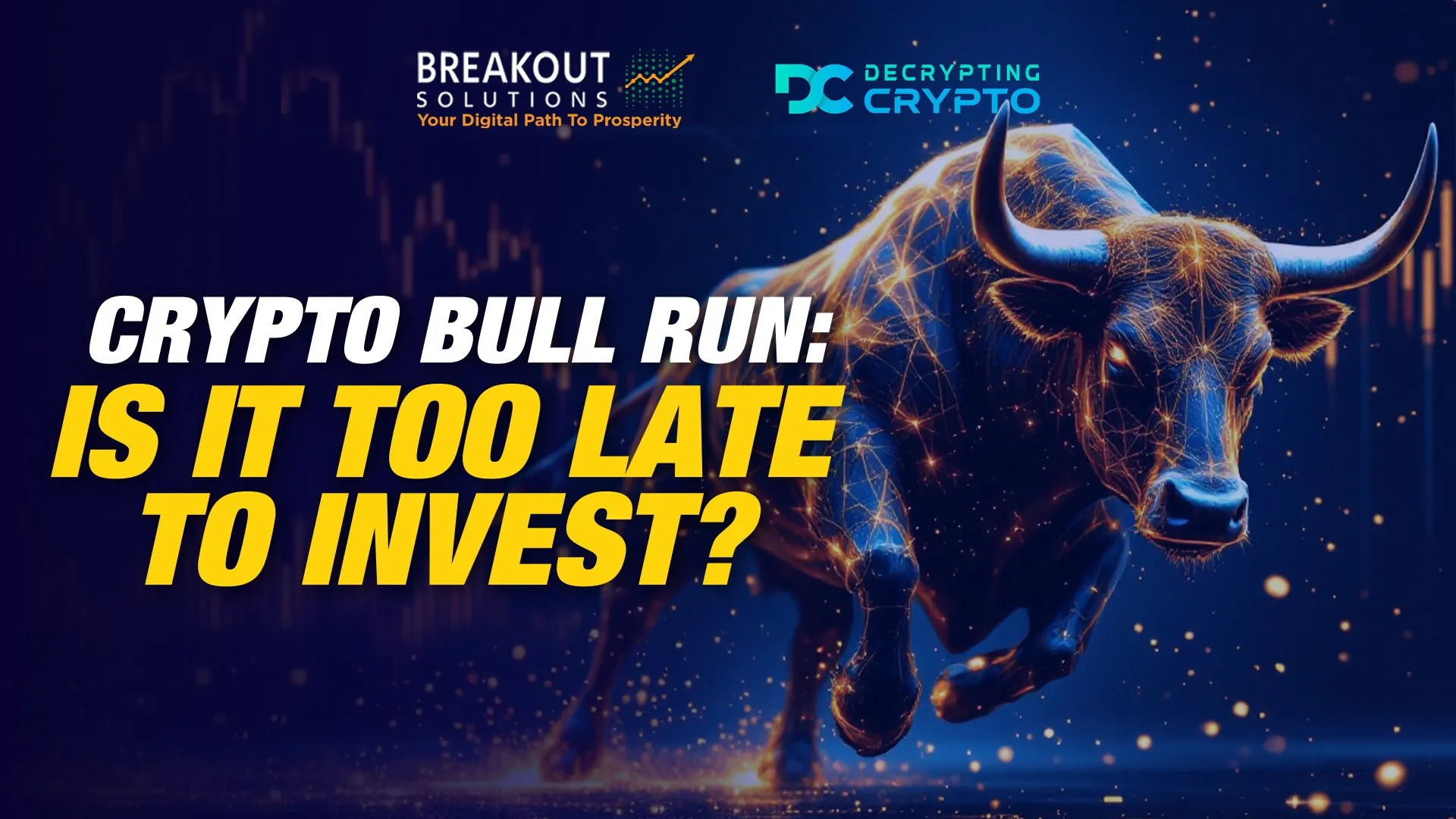The DeFi Boom: Understanding Decentralised Finance
Author: JR Foronda

In a world where technology continuously redefines how we manage our lives, finance is also catching up, and the latest wave making a splash is Decentralized Finance, or DeFi for short. DeFi is a groundbreaking approach that uses blockchain technology to manage financial transactions without needing banks or traditional financial institutions. This blog post explores how DeFi platforms are transforming the way we lend, borrow, trade, and invest money, and will delve into the risks and rewards of these innovative services.
What is Decentralized Finance (DeFi)?
DeFi refers to a system where financial products are available on a public decentralized blockchain network, making them open to anyone to use, rather than going through middlemen like banks or brokers. Imagine being able to loan your money directly to others and earn interest, or borrow money directly without filling out piles of paperwork at a bank. That's what DeFi offers — financial services that are faster, open to everyone, and without a central authority.
Transforming Financial Transactions
Lending and Borrowing
DeFi platforms have revolutionized the way people lend and borrow money. Through smart contracts on the blockchain, DeFi allows individuals to lend their money to others and earn interest directly, without the need for a bank. Borrowers can access these funds by providing collateral directly through the platform, often receiving their loan almost instantly.
Trading and Investment
Trading and investment have also been transformed by DeFi. Traditional trading involves brokers, stock exchanges, and several other intermediaries. DeFi simplifies this process by allowing people to trade assets directly with each other, or invest in a pool of assets managed by a smart contract. This not only cuts down on fees but also increases transparency and efficiency.
Risks and Rewards of DeFi
Rewards
- Accessibility: One of the biggest advantages of DeFi is that it makes financial services accessible to anyone with internet access, including those who don't have bank accounts.
- Higher Returns: Because there are no middlemen, lenders and investors can often earn higher returns compared to traditional banking products.
- Transparency: All transactions on a DeFi platform are visible to everyone, which helps ensure fairness and builds trust among users.
Risks
- Volatility: Cryptocurrencies can be highly volatile, and since most DeFi services use them, the value of your investments or collateral can change rapidly.
- Technical Risks: DeFi is based on relatively new technology, and there can be bugs or vulnerabilities in the software that criminals could exploit.
- Lack of Regulation: DeFi is not regulated like traditional finance, which means less protection against fraud or in case something goes wrong.
Conclusion
The rise of Decentralized Finance marks a significant shift in the financial sector, promoting a more inclusive, efficient, and transparent financial environment. However, like any emerging technology, it comes with its set of challenges and risks. For those adventurous enough to dive into this new world, DeFi offers an exciting glimpse into the future of finance, where control over one’s financial dealings is truly in the hands of the individual.
As we navigate this DeFi boom, it's important to stay informed, understand the risks involved, and cautiously explore the potential that these platforms offer. With careful consideration and responsible use, DeFi could indeed reshape the financial landscape for the better, making it more democratic and accessible to everyone.

